Mice
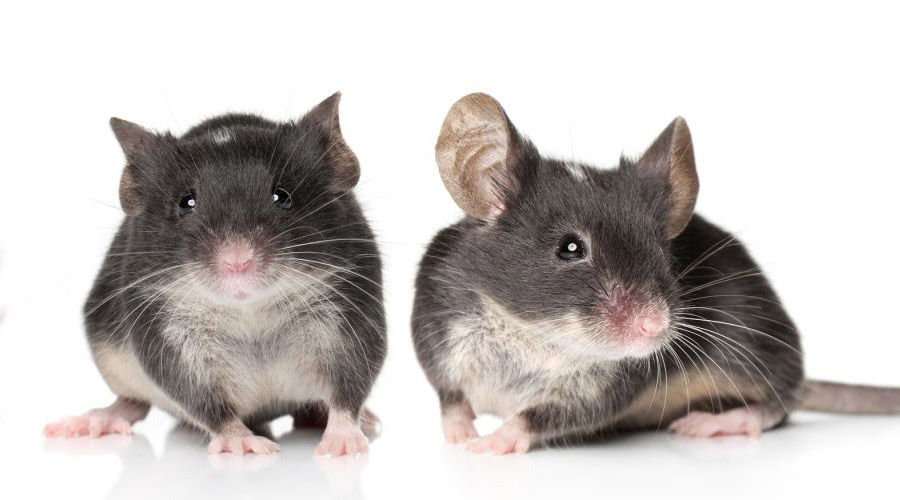
Finding mice in your home or business can be very distressing. Mice are known to spread disease as they search for food and shelter. This poses great health risks particularly in kitchens or where children might play. The natural and constant gnawing habit of mice means they can also cause damage to your property, furnishings and equipment. Simple measures like proofing your property against rodents such as mice can help to protect you.
Checking for common signs of mice will also help to identify a problem early, ensuring that quick and effective treatment can occur as soon as possible.
- Droppings - 50/ 80 droppings a night, small and dark (approx. 3 - 8 mm in length), scattered randomly, check inside or on cupboard tops or along skirting.
- Grease marks - Caused by their bodies brushing against walls, floors and skirting on regular routes, dark smears around holes or around corners.
- Urine pillars - In established or heavy infestations, body grease, combined with dirt and urine, builds up into small mounds, up to 4cm high and 1cm wide.
- Scratching noises - Often at night when mice are most active. Listen for noises between partition walls, under floorboards, in false ceilings, basements and lofts.
- Nests - Using easy to shred materials, mice then line the nest with other soft materials. Check lofts, suspended ceilings, cavity walls, under floorboards and behind fridges, under stoves and in airing cupboards.
- Tracks footprints - Dusty environments such as unused lofts and basements can show up rodent tracks and tail marks. To check for activity, sprinkle flour, talcum powder or china clay and check the next day for fresh tracks.
- Live or dead mice - Spotting a mouse during the daytime can be an indication of a heavy infestation.
- Strong smell - Mice urinate frequently and their wee has a strong ammonia-like smell. The stronger the smell the closer you are to mice activity. This smell can linger for a long time (even after an infestation has been removed).
- Lofts, attics & eaves - mice will shred soft materials like loft insulation, paper, cardboard and any fabrics you may have stored away (from woollen scarves to lace tablecloths. They will shred these items to line their nests. Also check for scattered mouse droppings and an ammonia like smell. This can be quite strong in a confined space like a loft.
- Kitchens & laundries - check behind 'all' appliances, as mice can easily squeeze into gaps behind a fridge freezer or under the base of a cooker. Any areas where pipework or cabling enters through walls from the outside offers mice a chance to sneak in, so check behind the washing machine too.
- Basements & cellars - usually the haunt of spiders, but mice can gain entry to lower floors through air bricks and vents, especially if they are damaged.
- Cavity walls - and other hidden spaces such as suspended ceilings, crawlspaces and even understair and airing cupboards, mice will make use of, as these places are secure and protected harbourages that often go unnoticed.
- Sheds - check the base of wooden doors for gaps and gnaw marks. Field mice are more likely to enter sheds and outbuildings in search of stored foods, preferably fruits and vegetatbles.
- Garages - check for gaps around door frames or holes gnawed at the bottom of wooden doors. If you have an integral garage check around the internal door as well, and any vents that could give entry into other internal areas.
- Compost bins - compost heaps attract mice because they are warm and contain food. Check lid and base of composters for holes and gnaw marks.
- Vegetation - ovegrown vegetation, especially close to walls may be used by mice to shelter and nest. Vines, shrubs and overhanging branches close to a property can give mice a climbing frame from which to reach entry points in the eaves or on the roof.
If you are worried about a future problem with mice, you can take some practical steps now to prevent mice getting indoors in the first place. If however, you've found that mice are already inside your property you need to act quickly.
Call us free on (631)-427-3600 | (516)-358-5400 to get rid of mice safely from your home or business.
Pest Gallery
- All
- Crawling
- Rodents



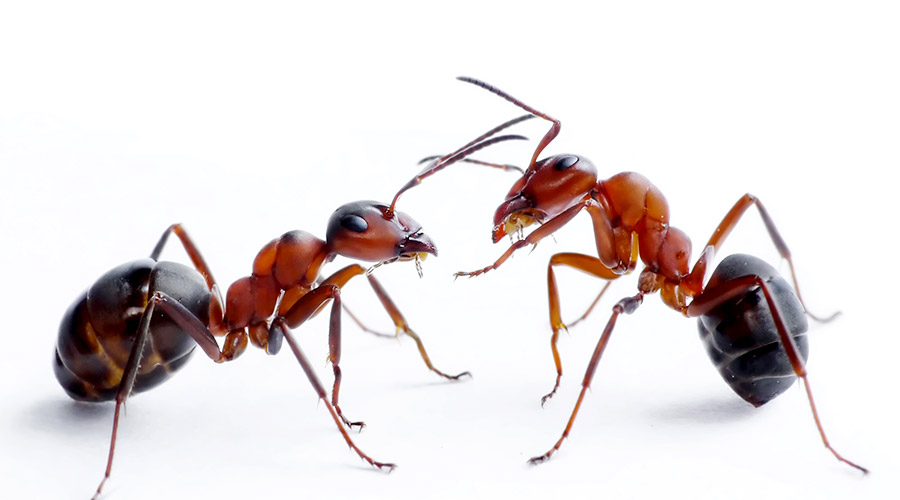
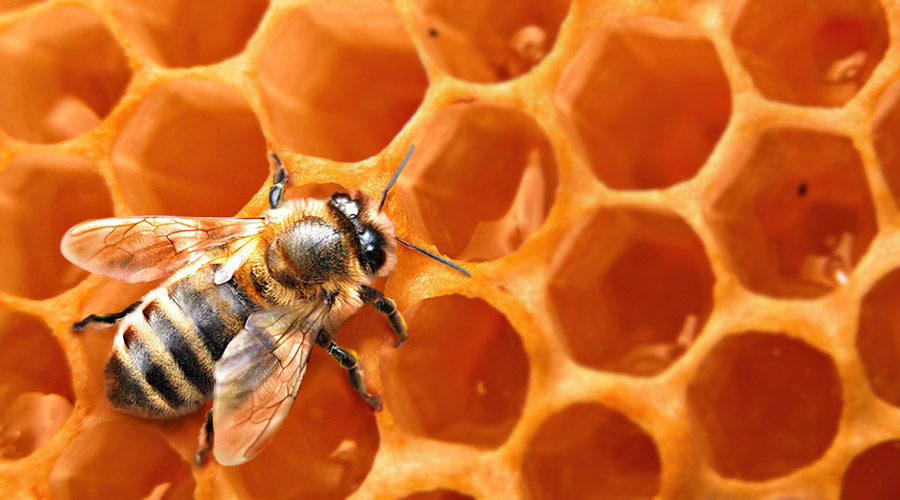
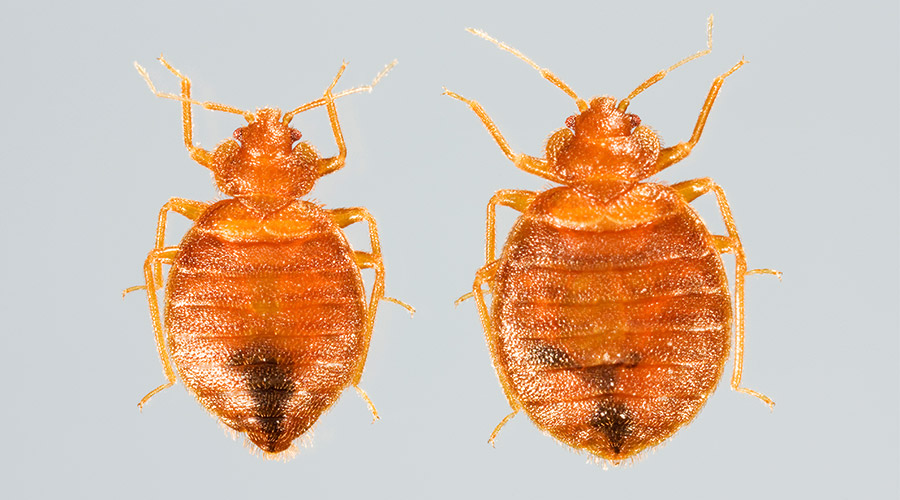
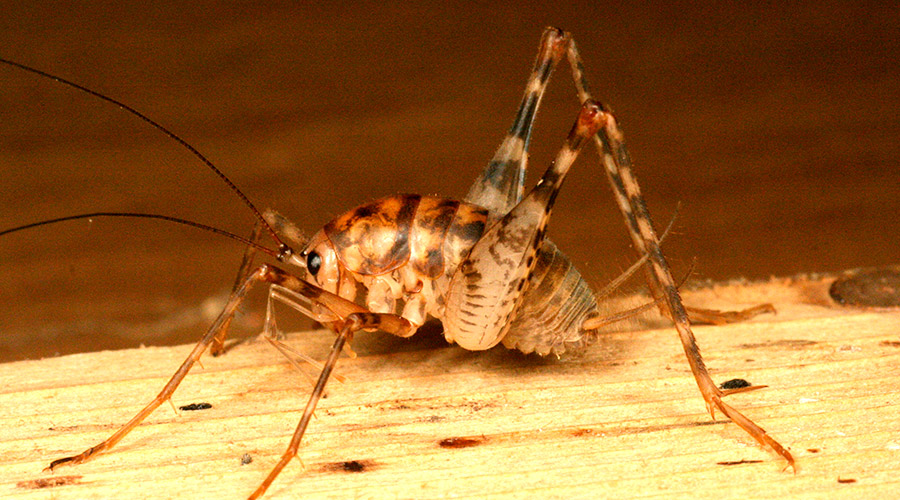











 You always speak with the owner, local & friendly. When the occasional invader arrives at
You always speak with the owner, local & friendly. When the occasional invader arrives at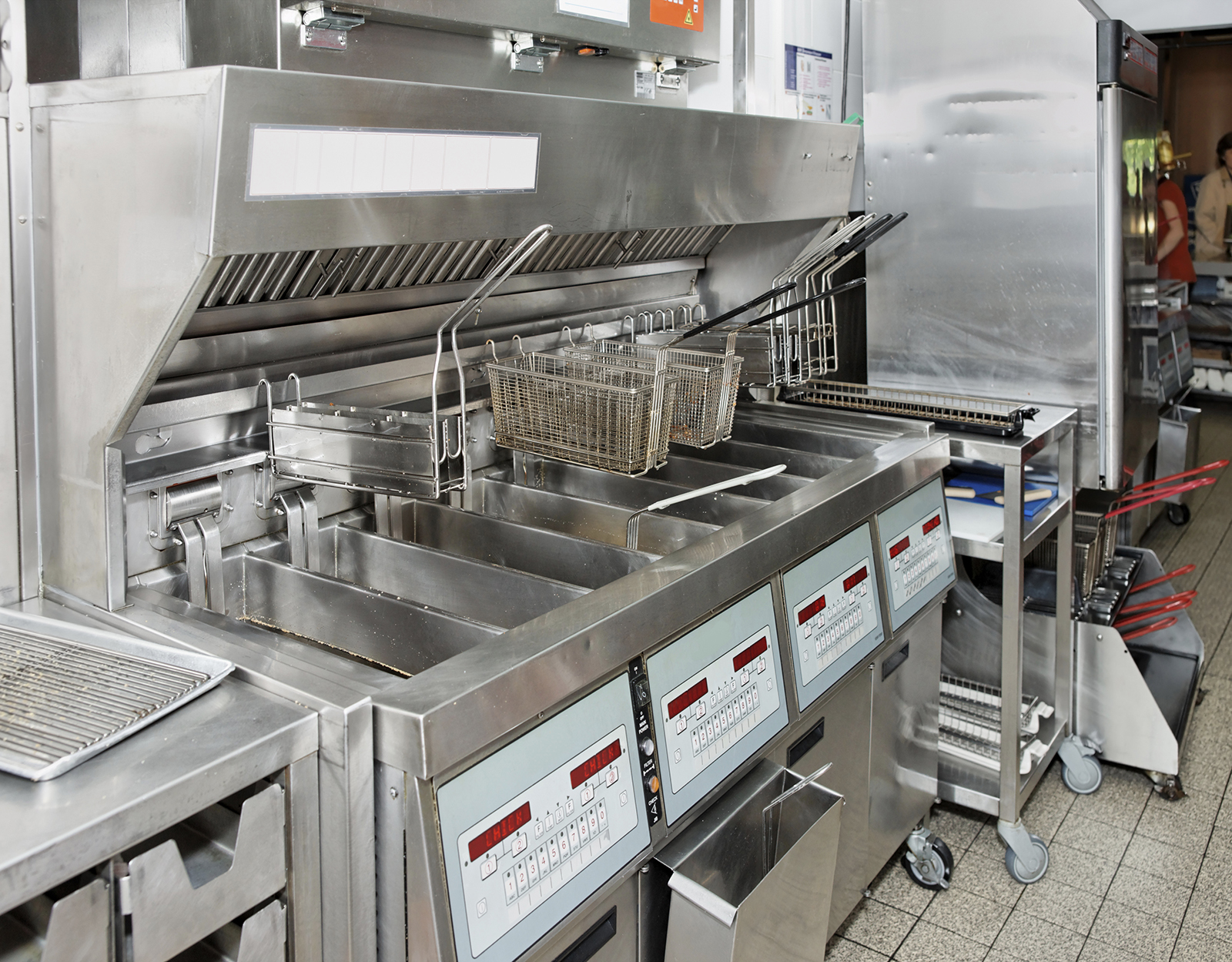 Your business will be given a top to bottom inspection. The safest most effective method
Your business will be given a top to bottom inspection. The safest most effective method All nuisance animals are humanely removed from your property by an N.Y.S. Licensed Wildlife Trapper.
All nuisance animals are humanely removed from your property by an N.Y.S. Licensed Wildlife Trapper. 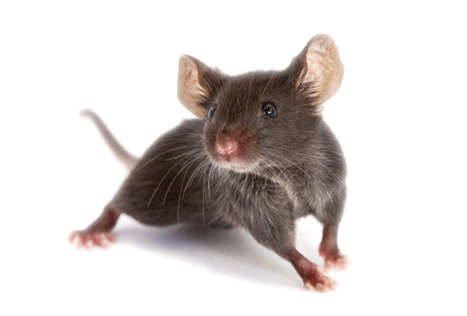 Mice and rats are a serious business. In your home, running around your trash cans
Mice and rats are a serious business. In your home, running around your trash cans
